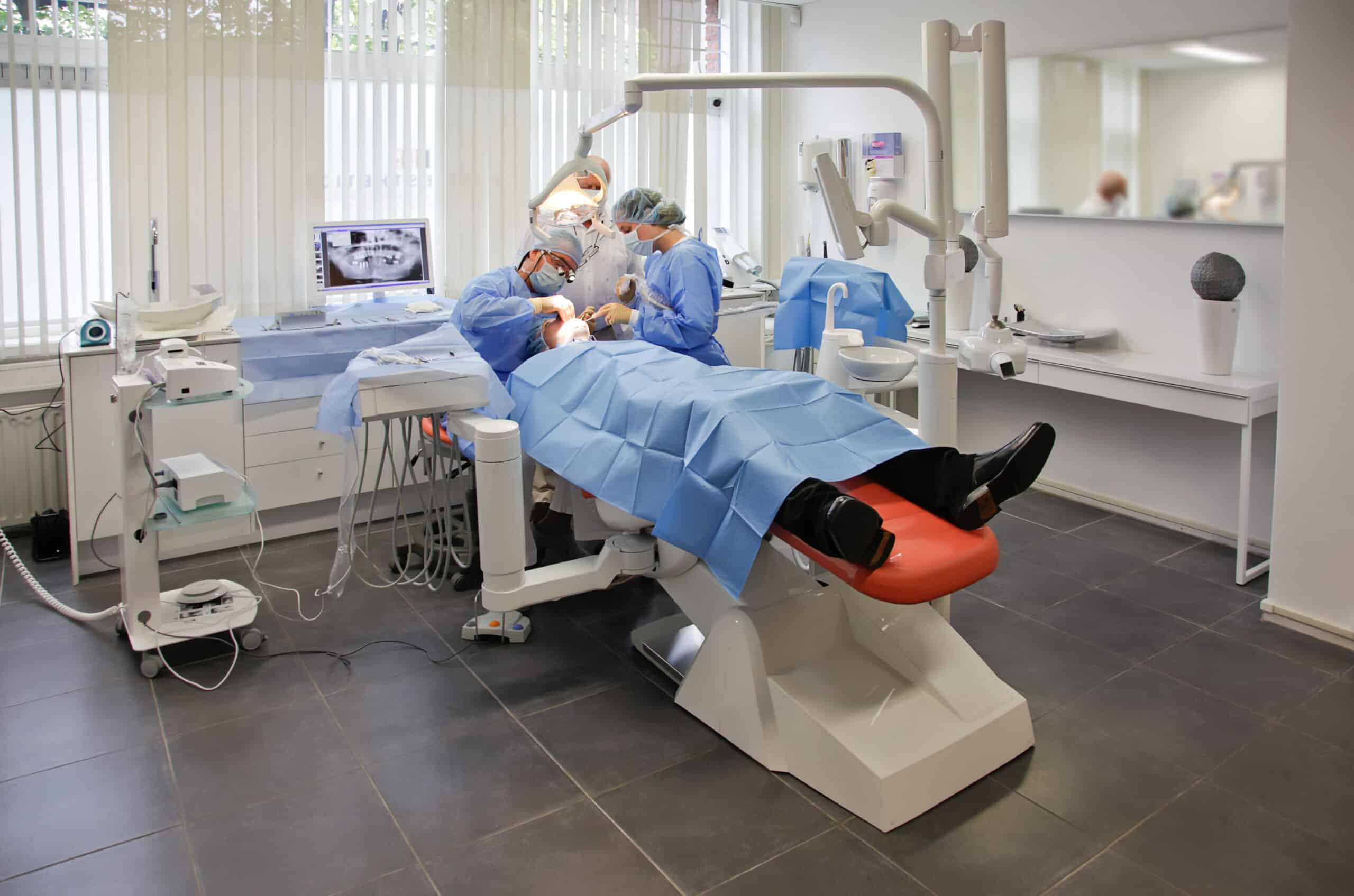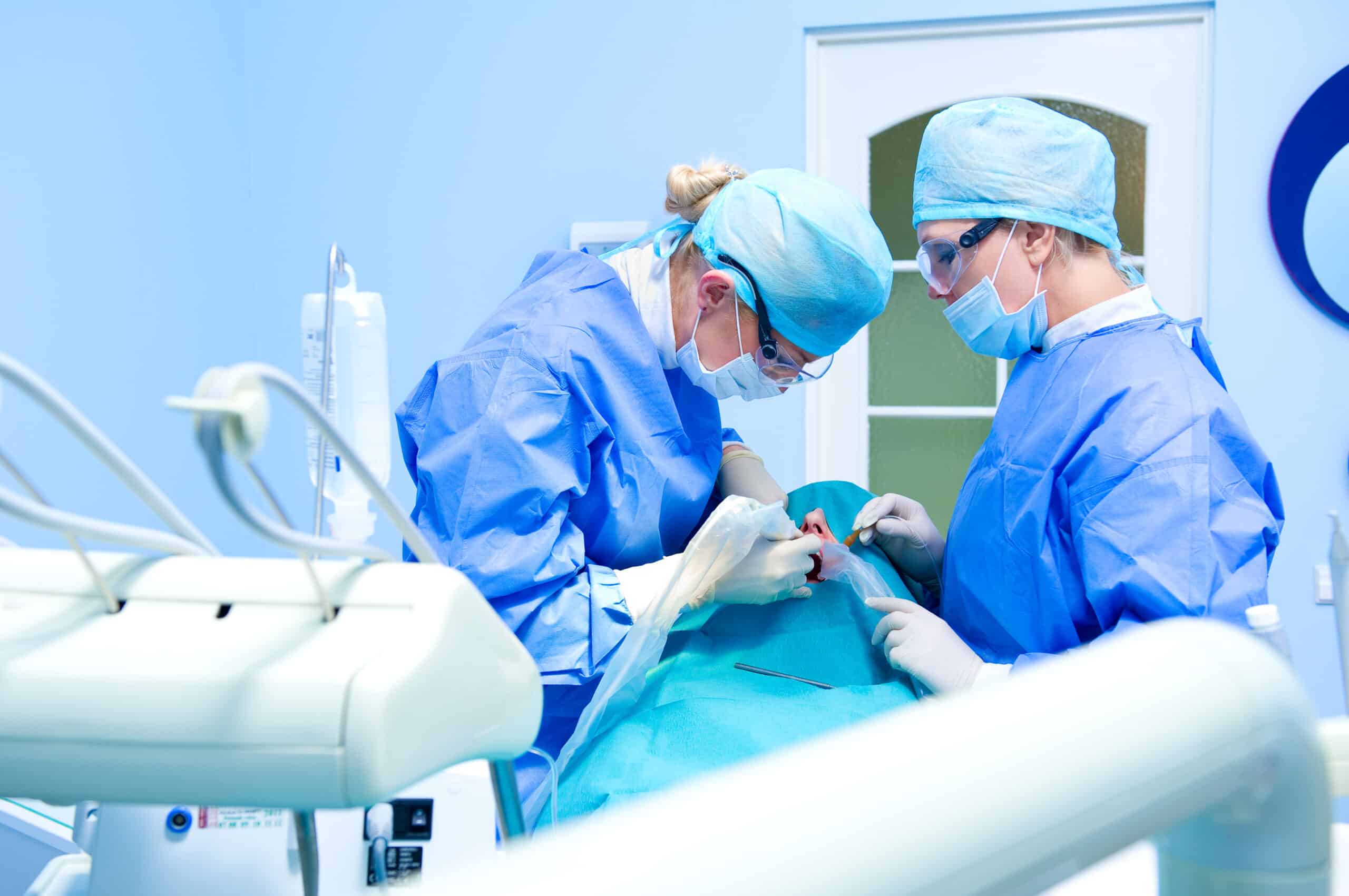Tooth decay is one of the most common dental conditions.
To avoid its incidence, it is vital to know the oral hygiene techniques and follow the guidelines set by the specialist.
In this article we will talk about caries, its causes and consequences for our oral health.
We will also explain what types of caries exist and how to prevent them.
What is a cavity?
A cavity is a lesion of the dental structure caused by the action of bacterial plaque acids that have not been successfully removed.
Cavities begin by damaging the tooth enamel, the outer layer that protects the teeth.
If not treated in time, the lesion progresses until it affects the dentin and, later, the nerve of the tooth.
These dental layers do not regenerate, so caries is an irreversible lesion that affects both women and men of all ages.
In cases of very advanced caries that have damaged the nerve, there is no conservative dentistry treatment that can repair the damage and the patient loses the tooth.
To avoid reaching such a point, endodontics is indicated, which we will discuss later.
Dental caries
But what factors influence the appearance of a cavity?
What are the causes of caries?
Bacterial plaque is a thin transparent film that covers the tooth surface.
Bacteria present in our mouth adhere to it.
Specialists classify plaque according to the bacteria that form it:
Periodontopathogenic plaque, responsible for periodontal diseases.
The cariogenic plaque, which releases acids on the dental surface, damaging it.
It is this second type of bacteria that is responsible for the formation of dental caries.
To avoid the accumulation of plaque and dental caries, dentists stress that it is of vital importance to maintain proper oral hygiene routines.
For this reason, we can state that the main cause of the formation of carious lesions is poor oral hygiene.
But there are also other factors that influence the appearance of carious lesions:
A diet high in sugars
Genetic factors, such as the hardness of the dental enamel or the response of individuals to the presence of bacteria in the oral cavity.
Dry mouth caused by the secretion of lower levels of saliva.
You will be interested in ” Wasabi: your great ally against caries
Xerostomia can be caused by certain diseases, the intake of certain medications or radiotherapy and chemotherapy treatments.
Do not wait until it hurts
When a dental caries causes pain, it means that it has already passed the first layer of the tooth. To avoid this, visit your dentist regularly.
What types of tooth decay are there?
To begin with, tooth decay affects the outermost layer of the tooth surface: the enamel.
It can be detected by observing the appearance of a white spot on the dental crown or by the presence of a small notch.
If not treated in time, this lesion continues to progress until it damages the dentin.
Once it advances to this point, it starts to generate pain.
Yellowish in appearance, caries on the surface of the dentin progresses much more rapidly than enamel caries, eventually damaging the deep dentin.
In some cases, caries damages very quickly the tissues of the tooth: the pulp and the dental crown.
We speak, then, of rampant caries.
Rampant caries affects people of all ages, although it is especially common in infants.
With the passage of time these stains darken and present brown and black tones.
In addition, experts distinguish several types of caries depending on the area of teeth affected.
In this way, they establish a categorization in which up to five different types of caries can be discerned.
Tooth decay is the most common oral disease and if it is not treated in time you can end up losing your tooth.
Crown caries
Crown caries is the most common among children and usually appears on the chewing surface of the teeth.
It can be detected with the naked eye because it discolors the tooth it is damaging.
Fissure
Through small fissures or cracks in the tooth surface, pathogens penetrate the dental tissues.
Fissure caries has a higher incidence in posterior teeth – molars – and is especially common in children and adolescents.
Sweets and dental caries
Enlarge image
FOOD AND DENTAL HYGIENE
Root caries
These are lesions produced in the root of the tooth, being one of the main causes of tooth loss.
The root can be exposed due to periodontal disease or aggressive brushing.
As a consequence, the gum recedes and ceases to protect this part of the tooth.
As it is not covered by tooth enamel, bacterial plaque directly affects the dentin.
Interdental caries
These affect the interproximal space, that is, the space between two teeth.
It is an area that is difficult to access and where food debris accumulates.
Normally, it is not given the attention it deserves, despite the fact that it accounts for 40% of oral hygiene.
It is only possible to detect this type of caries in a dental clinic by means of a specific radiography.
Recurrent or secondary caries
Secondary caries affect adjacent areas where there has already been a previous lesion.
A new caries can occur or be caused by the remnants of a previous one that has not been treated in time.
Treatments for carious lesions
The specialty of conservative dentistry is in charge of solving caries problems.
It also includes treatments aimed at keeping teeth healthy and avoiding their extraction.
Thus, depending on the severity of the caries, it is possible to opt for different procedures.
What is a filling?
A filling or dental filling is the treatment to solve a cavity that has formed on the surface of the enamel.
This process slows down the advance of bacteria and prevents them from reaching the pulp tissue or nerve.
Once the caries has been eliminated, a small reconstruction is made with a material called composite.
DO YOU HAVE A CAVITY? CALL US
If a filling is not made in time, the caries advances to the pulp and it will be necessary to resort to an endodontic or root canal treatment.
This intervention is indicated in cases of severe damage and is the last resort to save a piece and avoid its exodontia.
It consists of the elimination of the vasculonervous bundle (pulp tissue or nerve) that is inside the dental root in order to preserve its chewing function.
In some cases, the tooth structure is visibly damaged and performing a root canal involves a risk of fracture of the tooth.
For this reason, if there is insufficient tooth structure, a fiberglass post is placed.
A dental cap or crown is then placed on it.
As mentioned above, factors such as oral hygiene and lifestyle have an important influence on the formation of caries.
So, what precautions can be taken to avoid the appearance of these lesions?
Dental cleaning
Enlarge image
TOOTH BRUSHING
Can this disease be prevented?
Since caries is caused by the accumulation of bacteria, it can be prevented.
The basis of oral health is rigorous oral hygiene.
Specialists recommend brushing after every meal to properly remove food debris and bacteria present in the mouth.
In addition, the use of dental floss or interproximal brushes is recommended to avoid, for example, the formation of interdental caries.
Remember to make regular visits to the dentist to check the condition of your mouth.
All this, together with a professional hygiene -prophylaxis- every 8 months, will keep your teeth strong and healthy.
Finally, you should bear in mind that maintaining a poorly balanced diet favors the appearance of carious lesions.
Caries is a pathology that, if not treated in time, can damage the dental nerve and cause tooth loss.
Therefore, it is of vital importance that you go to a specialist at the slightest suspicion of suffering from this condition.
If you want more information about the procedures to treat them or want to make an appointment with us.
We invite you to do so through the contact form on our website, or by calling +1 619 372 5409 🇺🇸 +52 664 590 8321 🇲🇽 .
We are waiting for you!



